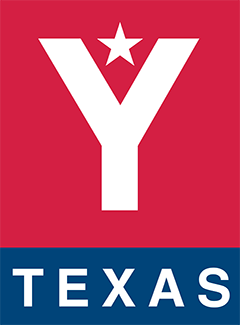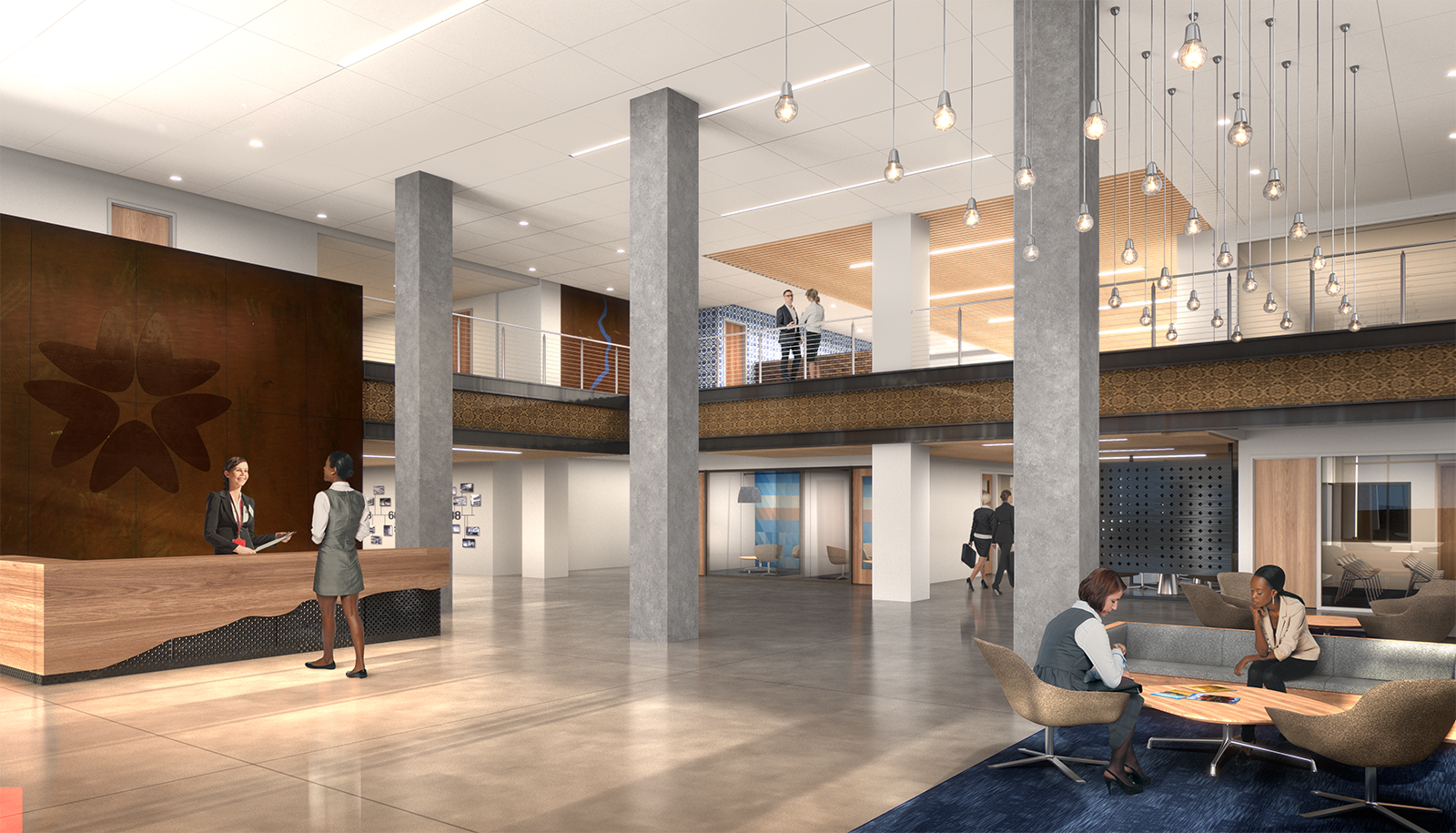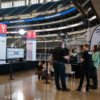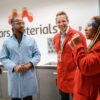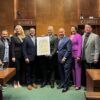By Corgan
January 20, 2020
We talk a lot about workplace design and culture. There’s no shortage of ideas on how to create the most collaborative, engaging, or innovative workplace. The reality, though, is there isn’t a single prescription on how to design an exceptional workplace—no magic solution on how to create a workplace that successfully reflects the spirit and direction of the people that occupy it.
Rather, during a Think Tank discussion hosted in partnership between Metropolis and Corgan, we explored what makes workplaces work for its employees and their vision. Lindsay Wilson, President at Corgan joined by Terri Von Lehmden, Vice President of Human Resources for Toyota Motor North America; Lisa D. Lewis, Vice President of People and Culture at CPS Energy; Jason McCann, CEO and Founder of Varidesk explored the process and elements at various stages of capturing the energy and culture of a workplace and what it means to keep people at the center of design.
Here’s what we learned:
Space shapes culture, and culture shapes space
“We cannot make a culture, we can only shape it.” – Lisa D. Lewis, CPS Energy
You can feel the energy of a space. As soon you step into a workplace, it’s palpable—the variety of buzzing conversation and quiet focused offices. The energy in great workplaces is often born out of core values, the collective mission, and corporate brand identity – it’s intentional, not arbitrary or left to chance. These are deliberate decisions based on a well-articulated understanding of both the current employee culture and where it’s headed. An exceptional workplace depends on getting that right and dialed in.
These things take time and, when done best, begin well before a project and sometimes years in advance. Much like human resources can shape a culture, workplace design can support a culture and organizational initiatives. Design brings these messages to life but cannot create culture either. For instance, open workplaces don’t automatically create collaboration, but demonstrate an organization’s intrinsic values of trust and transparency.
Projects move quickly but giving little time or attention to understanding the underpinnings of current and future culture can be detrimental. Compressed timelines often leave little room for developing a deep understanding of employee experience and opportunities for improvement. Let’s face it, a single perfunctory meeting with employees won’t do the trick. “Culture is not just the values on the website. As designers, we want to know what makes people choose to work there and stay,” said Lindsay Wilson. There is no single solution, either. A successful workplace that supports the complex cultures and direction of companies relies on variety—providing a strong mix of spaces, postures, finishes, and functions accompanied with a plan for change management to educate and empower users through the transition.

